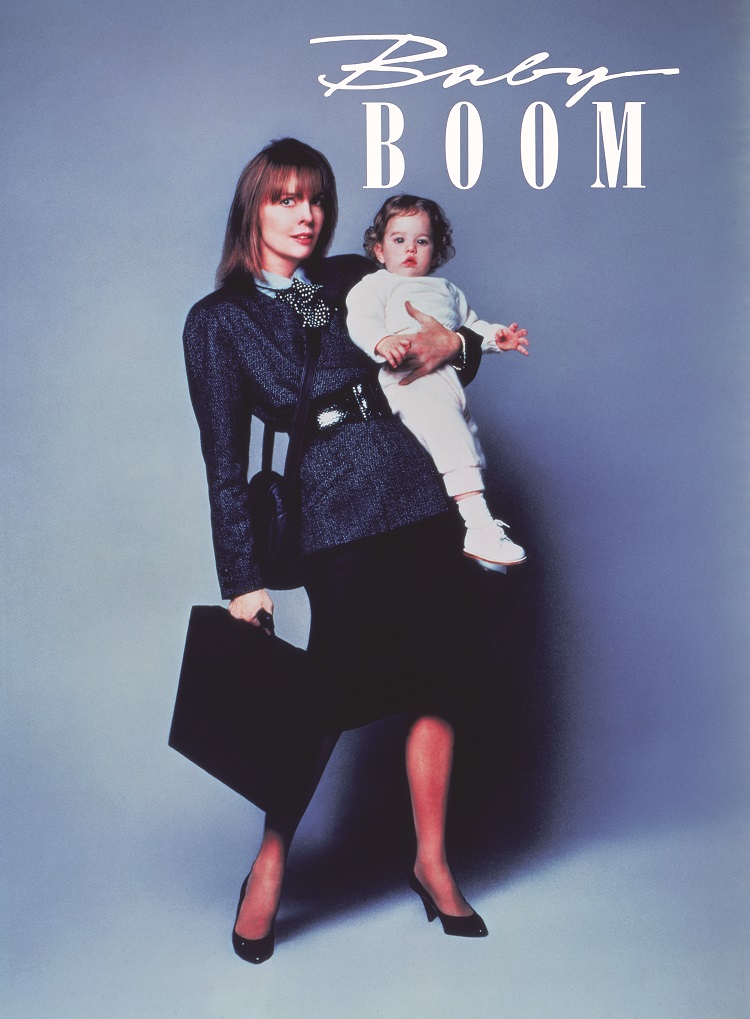Film’s Creators Reflect On The Setting’s Unique Role
By Dave Wedge
It’s been 30 years since Nancy Meyers and Charles Shyer made Manchester and Peru the charming backdrop for the iconic 1980s movie Baby Boom, starring Diane Keaton.
Much has changed since the 1987 romantic comedy delved into the complexities and challenges facing women in the workplace but one thing has not: the filmmakers’ love for Vermont.
“I remember how sweet everyone in Vermont was to us and how welcoming they were. Everyone was ready to pitch in and help us,” Meyers told Stratton Magazine. “The local auditions were a blast, and the folks we hired there to act in the film were so good. It was as relaxed as any film set I’ve been on and I think that’s because the people were so lovely and so embracing of what we were doing.”
The region’s quintessential New England architecture, scenic mountains, rural roadways, picturesque foliage, and brutal winters became characters in the film, which tells the story of New York City management consultant J.C. Wiatt, who drops her career to raise a toddler left to her after a long-lost cousin’s death.
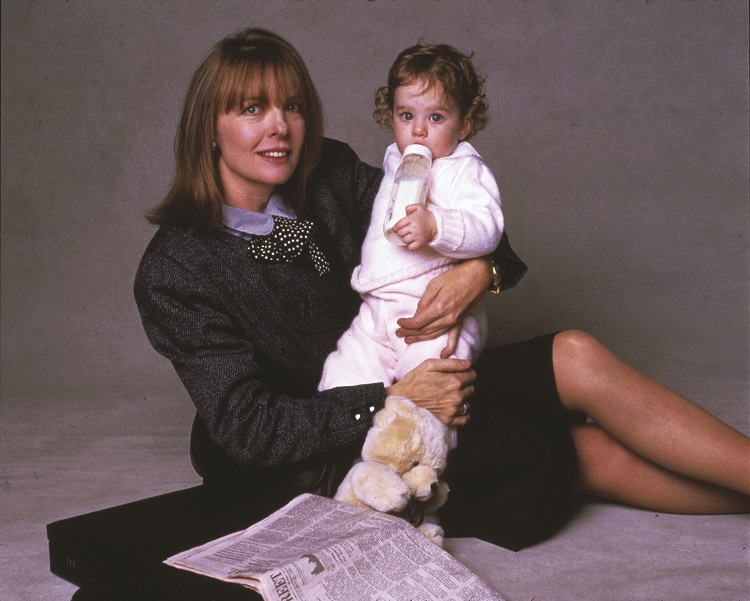 Diane Keaton plays J.C. Wiatt, a management consultant who, unexpectedly, is given custody of a toddler.
Diane Keaton plays J.C. Wiatt, a management consultant who, unexpectedly, is given custody of a toddler.
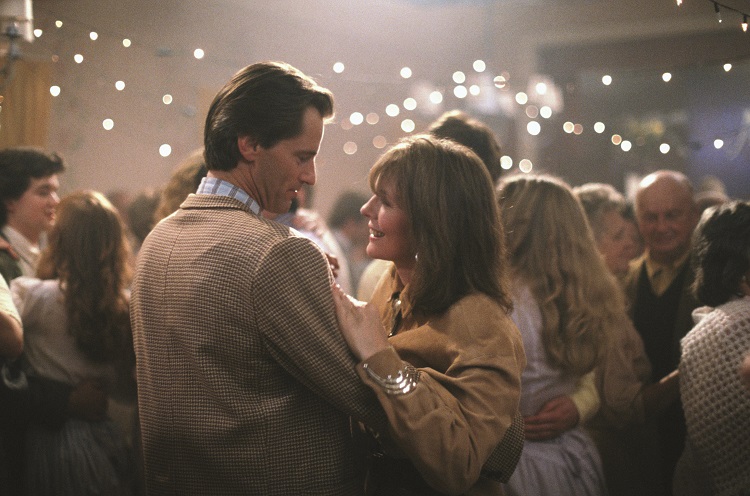 A small town dance scene was filmed in Manchester’s old Grange Hall.
A small town dance scene was filmed in Manchester’s old Grange Hall.
Wiatt (played by Keaton) is a workaholic yuppie fighting tooth-and-nail to break through the glass ceiling in the cutthroat, male-dominated Manhattan business world. She lives with Steve, a similarly work-obsessed investment banker played by the late Harold Ramis, and the couple is a portrait of 1980s excess, both agreeing that children would not be part of their future.
But when J.C. learns that a cousin she hadn’t seen in 30 years died and left her a toddler, named Elizabeth, Steve walks away. J.C. struggles to keep up with her fast-paced career while juggling her new motherly responsibilities, but is overwhelmed. Ruthless male co-workers exploit her new family situation for their own advancement, leaving her at a crossroads.
Fed up with the backstabbing old boys’ network and the rat race, she buys a rural farmhouse in Vermont and hits the road with the toddler to start a new life as a single mom. It’s immediately clear that she bit off more than she could chew as the massive house consumes her in maintenance costs and she nearly has a nervous breakdown.
Still, she falls in love with the sprawling property and starts making her own Country Baby applesauce for Elizabeth that she packages and sells. After an awkward courtship with local veterinarian Dr. Jeff Cooper (played by the late Sam Shepard), she wrestles with whether to return to the hustle and bustle of the big city, before she decides Vermont, Cooper, and Elizabeth are the life she was meant to have.
“I’m proud of the movie and that we told a story about women in the workplace, about balancing motherhood and a career, and that we put a character on screen who figured out the best life for herself and her daughter without compromise,” Meyers said.
“It does feel like the movie holds up,” Shyer, who directed and co-wrote the film with Meyers, added. “In some ways, it was a movie of the moment. Even the title Baby Boom reflects a certain time in the ’80s. But somehow the story, the actors, the locale, all feel kind of timeless. Of course, Diane’s performance doesn’t hurt. She deeply understood this character and gave the performance of a lifetime.”
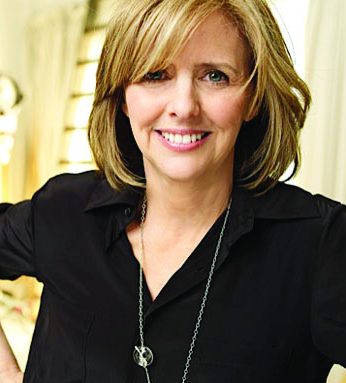 |
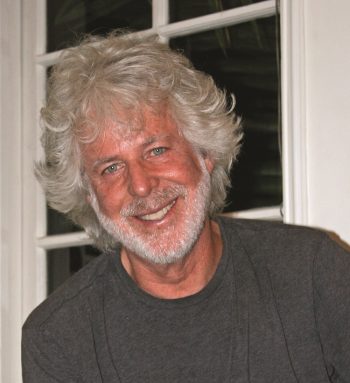 |
| Nancy Meyers (Photo Peggy Sirota) | Charles Shyer (Photo Liv Ballard) |
The acclaimed film was nominated for two Golden Globes—including a Best Actress in a Comedy for Keaton—and was considered progressive for its themes of female empowerment. For Shyer and Meyers, the experience of filming in Vermont left them with warm memories.
“It seems to have a combination of characteristics that sets it apart from the other 49 (states),” Shyer said. “One of the things we loved most about Vermont was how idiosyncratic everything was. From the people, down to the road signs. Everything was unique and had a personality all its own.”
“(Vermont) contributed so much to that film,” said Meyers. “The authenticity of the architecture, the shops in town, the blue sky, the people. All of it made the story come to life for us.”
 Peru’s J.J. Hapgood General Store, featured in the film, underwent major renovations in 2013. Photo Skyler Nupp
Peru’s J.J. Hapgood General Store, featured in the film, underwent major renovations in 2013. Photo Skyler Nupp
While Manchester retains all the beauty and small-town charm it exudes in the film, the area has grown and evolved. Exquisite boutique hotels, trendy new restaurants, and classy retail outlets have only enhanced the region and complement the thriving local art and culture scene. Many of the locations in the film are now changed or gone completely. The Grange Hall in Manchester, which was used for a romantic barn dance scene with Keaton and Shepard, was gutted and turned into apartments. The rustic J.J. Hapgood General Store located in Peru was renovated in 2013 and transformed into a trendy specialty provisions shop that sells organic coffee, local craft beer, charcuterie, wood-fired pizzas, and fine wines.
The many retail outlets that now attract tourists to Manchester didn’t exist when the film was made three decades ago, nor did the luxury condos, boutique shops, hotels, and restaurants. Bill Aupperlee, who worked at the Dorset Theater at the time, was an extra in the dance scene and worked as a location scout on the film.
“Most of the locations that were chosen for the film no longer exist or are not recognizable,” Aupperlee said. “Don’t get me wrong, the idyllic Vermont world that Diane Keaton’s ‘J.C.’ escaped to in Baby Boom still exists. You may just have to look a little harder to find it.”
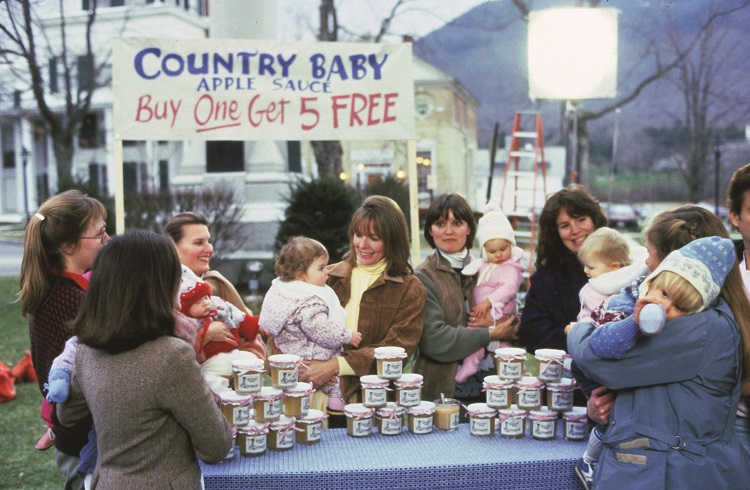 Behind the scenes on the set outside Manchester’s First Congregational Church with The Equinox Hotel in the background.
Behind the scenes on the set outside Manchester’s First Congregational Church with The Equinox Hotel in the background.
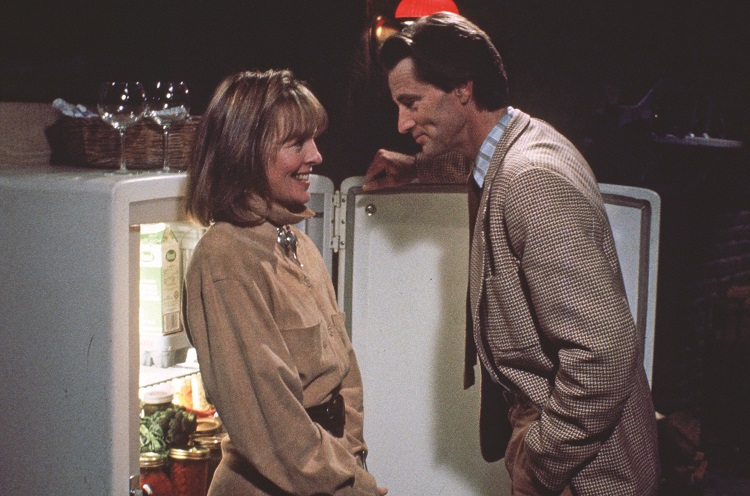 Keaton’s J.C. finds love with veterinarian Dr. Jeff Cooper played by the late Sam Shepard.
Keaton’s J.C. finds love with veterinarian Dr. Jeff Cooper played by the late Sam Shepard.
In the movie, J.C. sees a farmhouse in a magazine ad and buys it without ever having visited. Many of the interior shots were filmed in Hollywood sound stages but the filmmakers shot many scenes on location and the home became its own sort of unique character.
“We knew the moment we drove up that country road (that) we’d found the house that J.C. Wiatt dreamed of. It was just perfect,” Shyer said. “Of course, we dolled it up a little: painted it warm colors, did some minor landscaping. But in essence, what we saw as we drove up that road was what the audience got. The warm vibe of the house was all Vermont.”
Added Meyers: “It was love at first sight.”
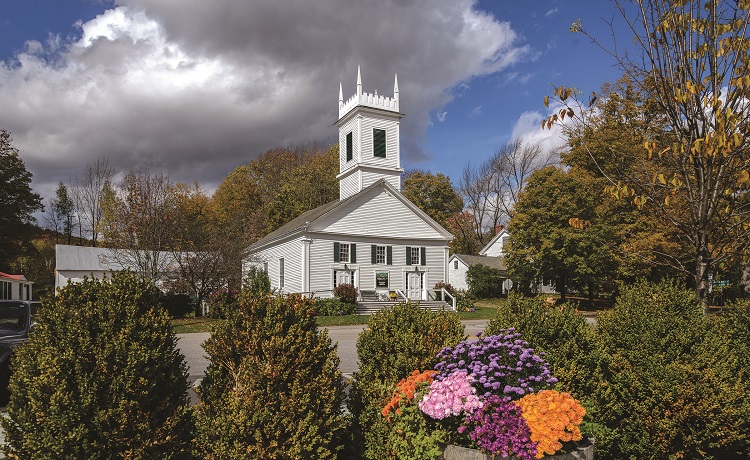 Peru Congregational Church has stood the test of time. Photo Hubert Schriebl
Peru Congregational Church has stood the test of time. Photo Hubert Schriebl
Both filmmakers paid homage to Shepard and Ramis, two enormous Hollywood talents who wrote, acted, and directed in many classic films and experienced great success before and after Baby Boom.
“Both Sam and Harold were highly accomplished writers, so they understood the process in a way that perhaps they wouldn’t have, if they’d been only actors,” Shyer said. “Plus, their parts seemed to fit them like a glove. It’s very sad that they are no longer with us. But we’re so proud to have had them in our movie.”
“Harold and Sam were warm, kind guys who inherently understood what we needed and understood they were there to serve the film,” said Meyers. “It’s always a relief and a pleasure to work with actors who are also writers or directors, but these two were extremely special talents and I’m honored to have known and worked with them both.”
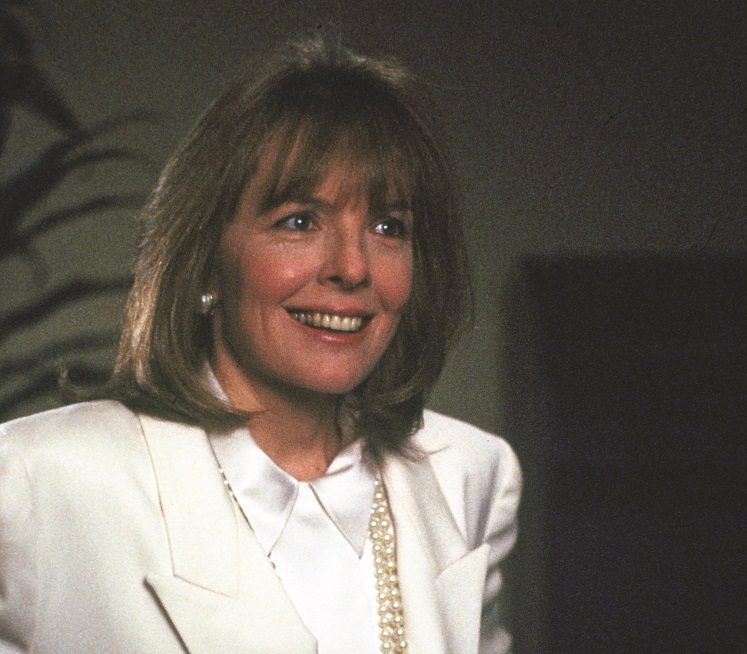 J.C. Wiatt at Work in New York
J.C. Wiatt at Work in New York
For Shyer and Meyers, the 30th anniversary of the beloved film brings back fond memories of Vermont and the locals who worked on the movie, and is a warm reminder of a once-in-a-lifetime experience they’ve carried with them throughout their careers.
“I remember everyone being super nice and very down to earth,” Meyers said. “They seemed to have a lot of fun working on the movie and that was infectious.”
“We had written a screenplay that portrayed an idyllic, Rockwellian Vermont—a state we had visited only via books and photographs,” Shyer recalled. “When we arrived to film the changing of the seasons, we realized, ‘Wow, this movie can be even more beautiful than we imagined.’”
Watching the film 30 years later, it’s clear that it was.
Baby Boom Film Images © 1987 METRO-GOLDWYN-MAYER STUDIOS INC.
